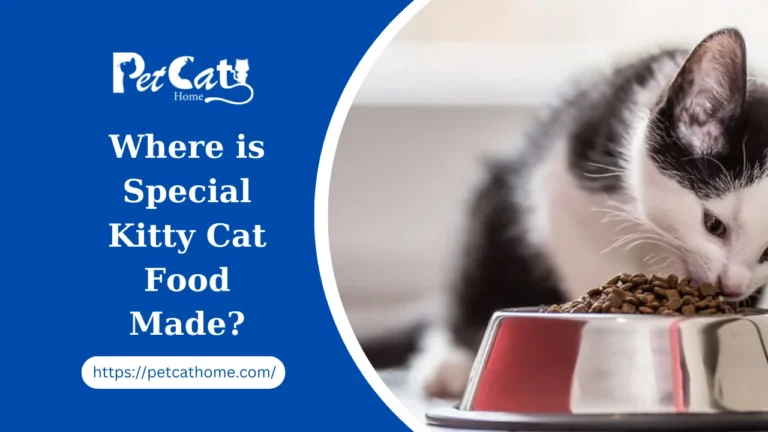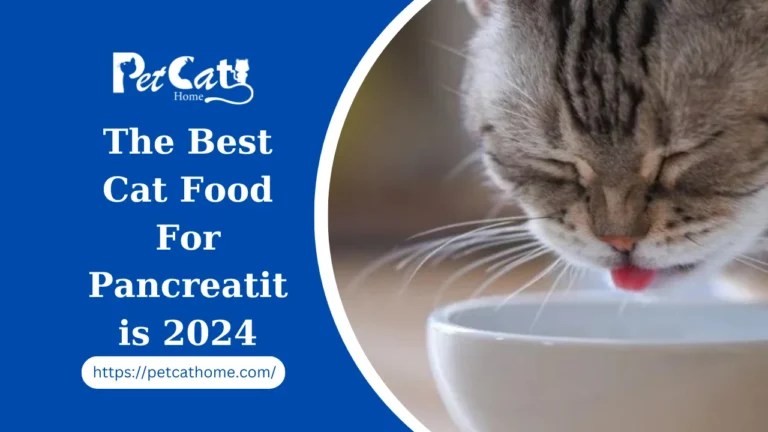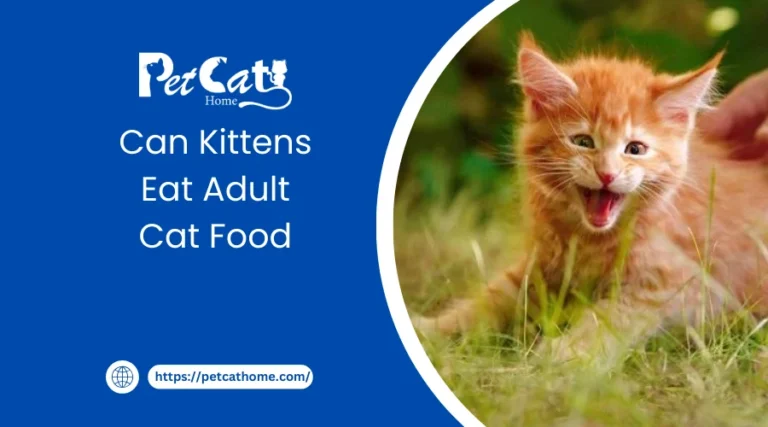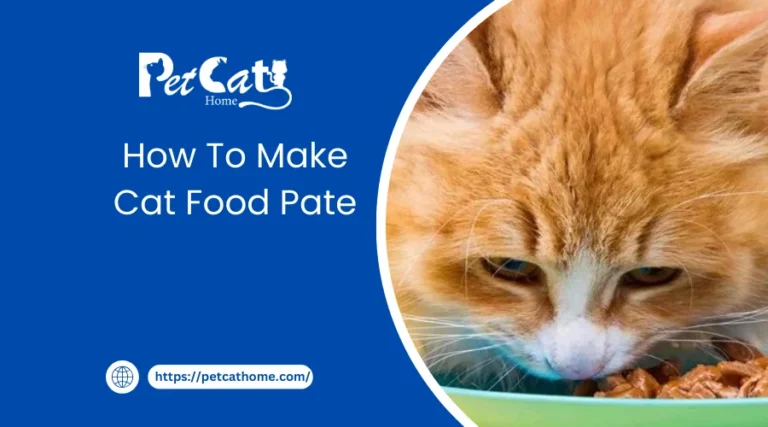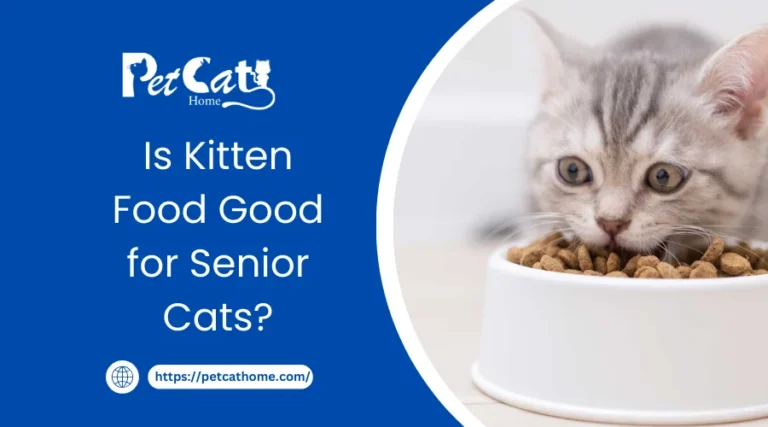How To Make Healthy Cat Food
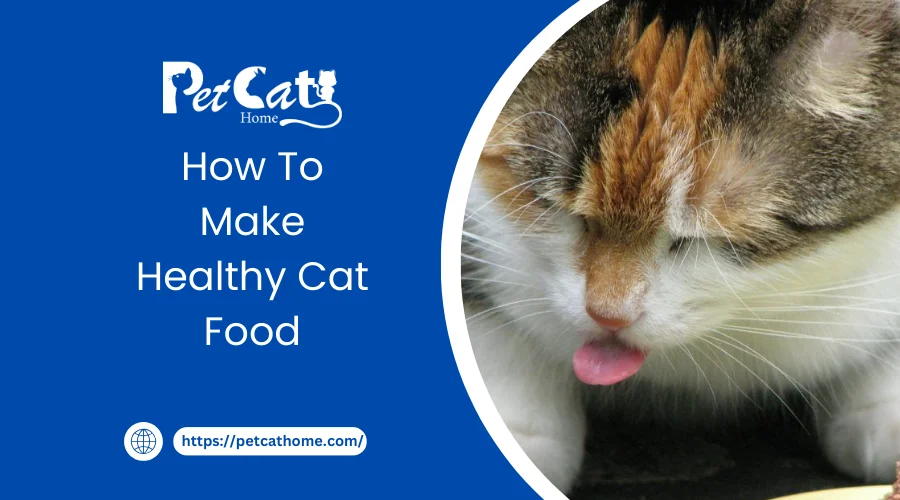
When it comes to pet care, feeding your cat a nutritious, well-balanced diet is essential to their general health and well-being. Creating nutritious cat food is more than just filling their bowls; it’s about making sure they get the nutrition they need to grow and flourish. We at [Your Company Name] recognize how important it is to provide your cherished pet with the best nutrition possible. We’ll get into the nuances of making nutritious cat food in this article, covering everything from materials to methods for preparing meals.
Understanding Nutritional Needs
Understanding the dietary needs of our feline friends is essential before beginning the process of preparing healthy cat food. Since cats are obligate carnivores, the majority of their food should be made up of proteins derived from animals. To maintain their physiological processes, they also need vital nutrients like taurine, arachidonic acid, vitamins, and minerals.
Selecting Quality Ingredients
The ingredients used for formulation constitute the basis of a nutritious cat food. Choose premium proteins as your main source, such as fish, poultry, or turkey. These proteins supply crucial amino acids necessary for muscular growth and general health in addition to satisfying cats’ carnivorous requirements.
Add carbohydrates (from rice, oats, or sweet potatoes) in moderation in addition to proteins. Cats can still benefit from the energy that carbs give, even though they don’t need them in big amounts.
Avoiding Harmful Additives
Avoiding chemicals and preservatives that could affect the diet’s nutritional integrity is essential when creating nutritious cat food. Artificial flavors, colors, and fillers have little to no nutritional value and may eventually hurt your health. Choose natural ingredients and steer clear of manufactured foods to give your feline friend the best possible nutrition.
Meal Preparation Techniques
Healthy cat food preparation requires careful consideration of cooking techniques to maximize palatability and preserve nutrients. Although some people like to eat raw foods, it’s important to take precautions to prevent bacterial contamination. You may reduce this risk and still provide your cat with a healthy supper by properly cooking meats.
To make sure all the necessary nutrients are present in the proper amounts in homemade cat food, use a balanced recipe created by a veterinary nutritionist. You may make meal preparation easier and guarantee your cat eats fresh, wholesome food every day by preparing meals in bulk and freezing portions.
Monitoring and Adjusting
It’s important to keep an eye on your cat’s reaction to the diet after making nutritious cat food and to make any required alterations as needed. Observe their weight, vitality, coat quality, and general attitude. If you have any concerns, speak with your veterinarian so that the diet can be adjusted to your cat’s requirements.
Ensuring Hydration
Prioritizing hydration is just as important as feeding your cat nutritious food. Due to their frequently low thirst drives, cats should only be given diets high in water or foods that are moisturizing. Food that is wet or canned can aid in increasing water intake, thereby improving general hydration and urinary tract health.
Supplements for Optimal Health
While most necessary nutrients should be obtained from a balanced diet, certain cats may benefit from supplements to help with particular health issues or shortages. Under veterinary supervision, supplements such as omega-3 fatty acids, probiotics, and joint support can enhance your cat’s general health.
Transitioning to Homemade Food
To prevent stomach distress, gradually switch your cat from a commercial diet to homemade food. Gradually increase the proportion of homemade food over several days, starting with small amounts in their daily diet. During this transitional phase, pay special attention to your cat’s reaction.
Seeking Veterinary Guidance
It is important to speak with your veterinarian before starting a homemade cat food journey. They may provide insightful analysis of the unique nutritional requirements of your cat, suggest suitable recipes, and offer advice on supplements or food changes based on your cat’s condition.
Final Thoughts
It takes effort, meticulousness, and a strong desire to give your cat the greatest nutrition possible to make healthy cat food. Your cat can have a diet that supports optimum health and lifespan if you are aware of their nutritional needs, choose high-quality ingredients, prepare food correctly, and see a veterinarian.
How to make cat food healthy DIY recipes
You may simply learn how to create cat food at home with the help of these recipes for healthy homemade cat food.
If you prepare meals properly and have a strategy and a thorough recipe, you can create your cat food at home.
Additionally, homemade cat food is less expensive than commercially prepared food. Simply put, putting it together takes a little longer.
However, everything you need to start preparing cat food at home is covered in this article.
How to make cat food:
- Schedule the time to prepare your cat’s meal.
- Select a comprehensive recipe for homemade cat food.
- Purchase meal prep supplies and ingredients for cat food recipes.
- Prepare a portion of homemade cat chow for your cat and give it to them as directed.
Please note that by clicking on the affiliate links below and making a purchase, I will receive a commission. At no extra expense to you.
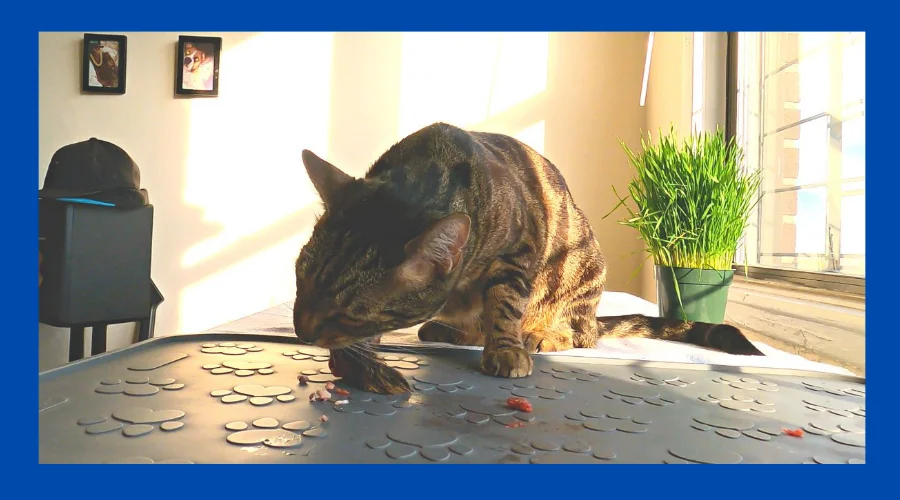
1. Plan when you will make your cat’s food
Making a well-thought-out plan will keep you organized and avoid overwhelm.
This approach will also assist you in making a smooth transition to new cat food.
Your plan to make your cat food:
- Select a full recipe.
- Determine how much your cat should be fed. Purchase supplies and ingredients.
- Prepare the feline meal.
- Food should be portioned and stored properly.
- Make the appropriate transition to homemade food
We have to select whole recipes according to the stage of life of each unique cat. This will guarantee that our kitties receive the nourishment they need.
The amount of food your cat should be fed is dependent on them and the recipe you select. For cats to maintain a healthy, optimum weight, they must consume as much as is necessary.
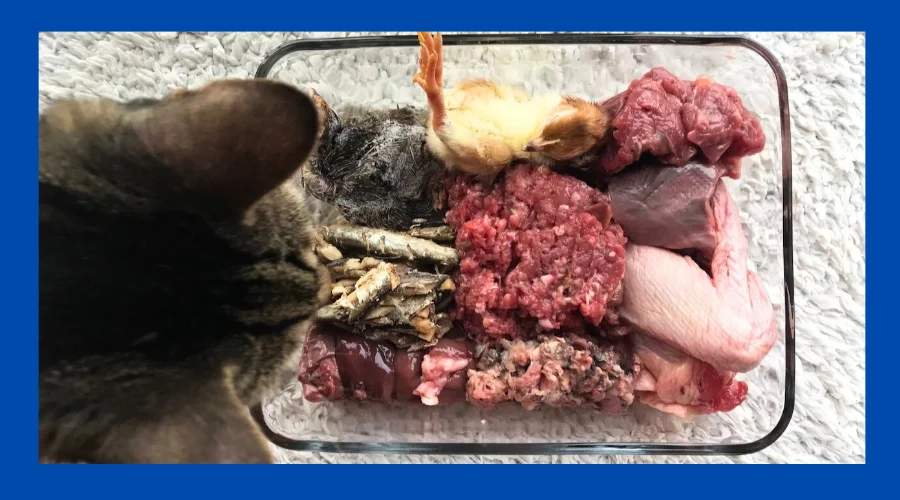
Purchasing cat food components is quite simple. The ingredients for most recipes, including mine below, may be found at your neighborhood grocery shop or farm. You will need to purchase vitamins online, though.
It will take more time the first few times to prepare and portion the cat food. However, once you get into a decent habit, it will go faster.
The longest transition will be to new food. Cats are highly responsive to dietary changes. Additionally, a lot of cats are finicky and reluctant to try new meals.
According to my cat food transition plan, depending on how many meals you feed each day, new foods are introduced very gradually over 40–60 days.
2. Choose a complete homemade cat food recipe
A comprehensive recipe for homemade cat food is necessary. We aim to guarantee that our kitties get the everyday nourishment they require.
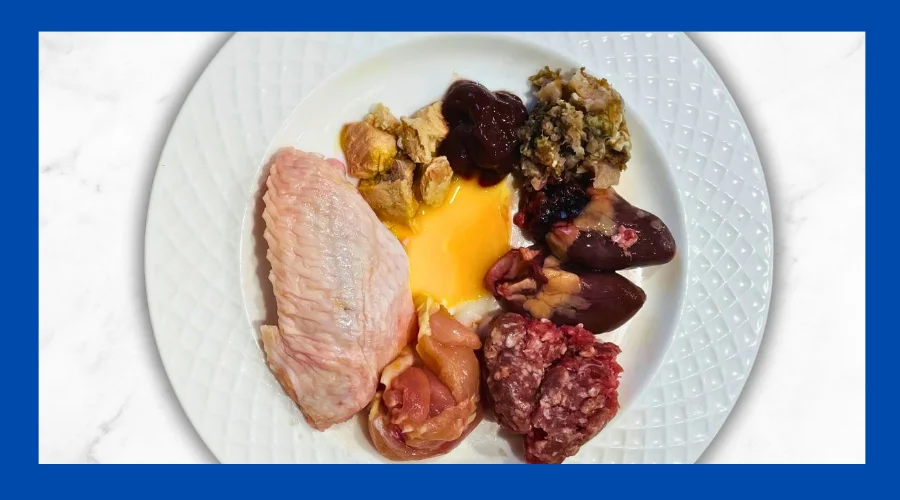
Online, you can find free recipes and premixes. For novices, this can be a simple place to start.
But the majority of them lack variation in their protein sources and many do not give a nutritional analysis.
There are other free recipes available online that call for more plant-based foods or an excessive number of synthetic supplements.
Ultimately, we ought to serve a range of meals that emphasize full, fresh foods.
Because wild cats need to eat five to seven different proteins to complete their diet, it is important to have a variety of proteins in their diet.
Additionally, variety can help avoid finicky eating and boredom.
Check out my recipe for raw meaty bones using chicken, turkey, and beef. You can get the ingredients for it from the grocery store. plus four whole food supplements (which make up a mere 0.38% of the recipe).
3. Buy cat food recipe ingredients and meal prep supplies
The recipe you select should specify the precise amount of each item.
Where to buy cat food ingredients:
- nearby farm or farmers’ market
- Local meat collective
- Online
- grocery shop
Ideally, everyone would be in favor of small, family farms in the area.
However, beef from the grocery store is still far superior to highly processed dried and canned foods.
Inputs can also be ordered online. Although the delivery will cost more, this is a simple way to buy ingredients in bulk.
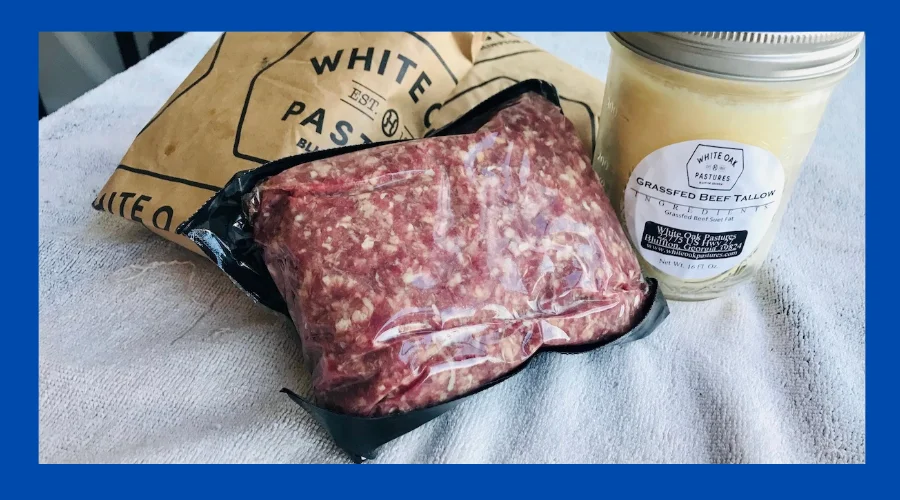
My favorite online meat suppliers:
- White Oak Pastures: Human-consumed farm meats that are regenerative. For your pet and yourself, stock up! For $20 off your order of $150 or more, use the code JESSCATICLES. When you purchase more than $250, shipping is free. Use my affiliate code to receive my 9-recipe package for free. Please let me know by completing this Google Form so I can send you my recipe bundle.
- USDA and FDA-inspected raw pet food supplier is Hare Today. A wide range of cuts and more than 19 distinct proteins. Register to receive points for discounts on purchases.
- One more top-notch source of raw pet food is Raw Feeding Miami. My first choice for the entire quail. Get 10% off your first buy when you use my link. They run a rewards program as well.
FAQs
Is it okay to give my cat homemade food rather than a commercial diet?
You can offer homemade food to your cat, but you must make sure it fulfills their nutritional requirements. Collaborate with your veterinary professional to create a well-rounded dish or take into account nutritionally complete commercial raw or cooked feeds.
How can I tell whether my homemade cat food is providing my cat with all the nutrients they require?
It’s important to keep an eye on your cat’s health and well-being. Look for indicators of a well-balanced diet, such as overall vitality, a glossy coat, a healthy weight, and high energy. The nutritional health of your cat can also be evaluated with routine veterinary examinations.
When preparing homemade cat food, are there any ingredients I should stay away from?
Cats may indeed be harmed by some components. Cats may be poisoned by onions, garlic, raisins, grapes, chocolate, caffeine, and xylitol. Avoid bones that could break and present a choking hazard as well.
Is it okay to offer my cat homemade food and supplements?
It’s advisable to speak with your veterinarian before providing any vitamins to your feline. Certain cats might benefit from taking supplements like probiotics or omega-3 fatty acids, but others might not need them. Customized supplement recommendations for your cat’s requirements can be made by your veterinarian.
How do I introduce homemade food to my cat?
Make a gradual transition over a few days to a few weeks. To begin, gradually increase the percentage of homemade food in your cat’s usual diet while keeping an eye out for any indications of digestive distress. Start with modest amounts of homemade food mixed in.
Conclusion
Making nutritious cat food is a labor of love that will benefit the well-being and health of your furry friend. You can make sure your cat gets the greatest diet possible that is customized to meet their specific needs by being aware of their nutritional demands, choosing high-quality products, staying away from dangerous additives, preparing meals properly, and keeping an eye on how they react.
